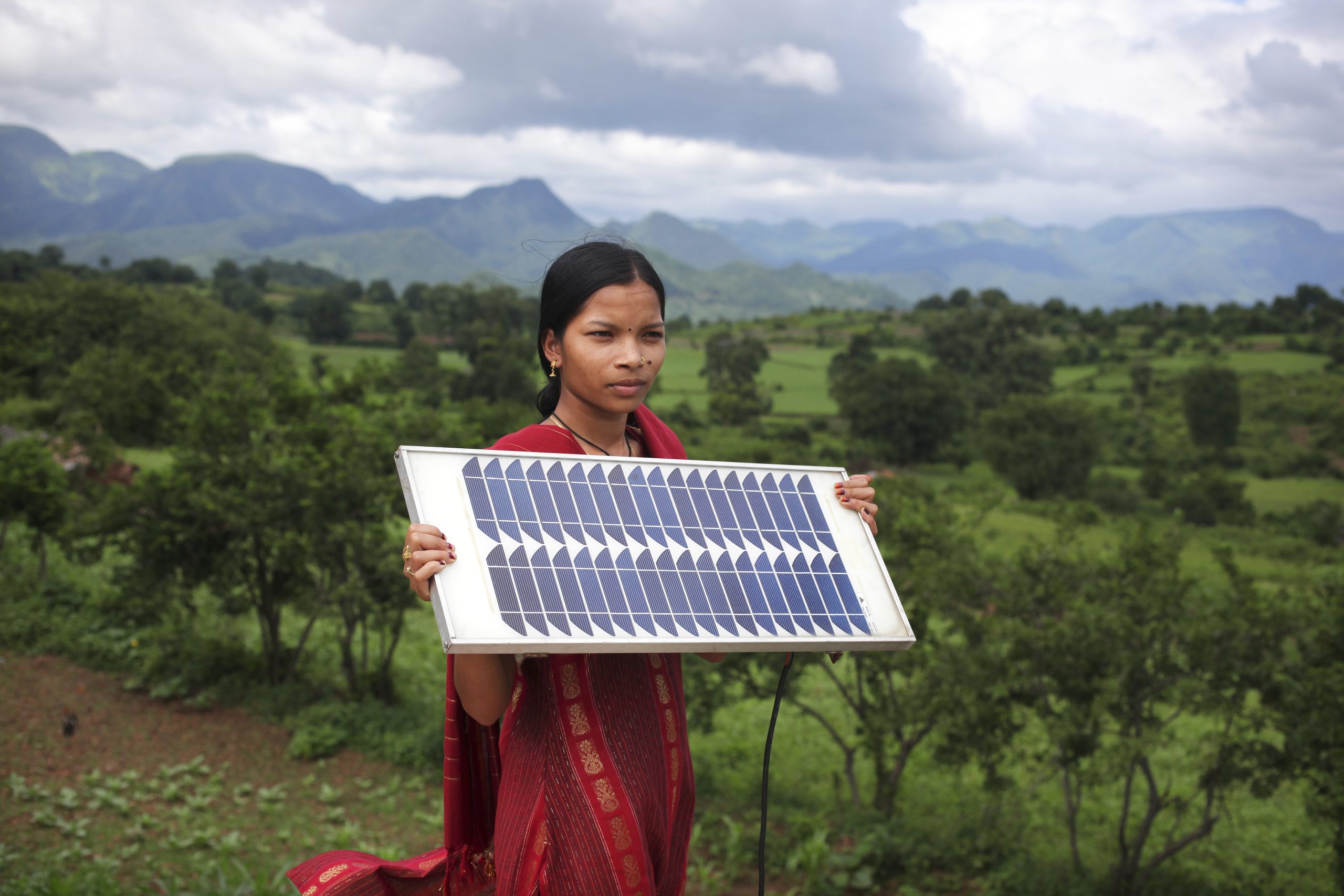Women’s economic contribution is not currently measured in Gross Domestic Product (GDP) calculations. A better measurement of women’s contribution in formal, informal, paid and unpaid sectors could deliver a powerful argument to ensure that economic policy benefits all. GDP could be adapted to include the unpaid care sector, and in addition, quality growth, including a measure of social inequalities, could be measured rather than solely quantity (using GDP).A clear set of quantified end goals for women’s economic empowerment is needed, with transparency around who is achieving it.
Women’s leadership and representation
Women’s leadership and decision making is key in driving climate action, including at both high-level fora and at the local level. Diverse teams have been proven to outperform less diverse teams. A 2022 study of over 6,000 companies across 46 countries found that boards with a higher share of female members emit a lower amount of greenhouse gasses. In Brazil, increased women’s leadership in government has increased the prioritisation of gender and climate policies. Women’s leadership at the local level is also important for climate action, for example within local authorities and governance such as water associations and forest governance mechanisms. Despite this, women are underrepresented in climate talks and their priorities are not being heard.
The way forward
The next year and beyond present several opportunities to build women’s economic empowerment into climate transitions. The year 2024 will see several national and regional elections across the world. Global events and forums, such as the Brazil G20 leadership, COP29 and COP30, and Civil Society Organisation (CSO) spaces such as the Commission on the Status of Women (CSW), present opportunities to push the agenda forward. There will also be a refresh of the Sustainable Development Goals. See Table 1 below for a timeline of the key events.
The following overarching principles can help to guide and identify actions:
- Simple messaging: Women’s economic empowerment, and its relationship to climate change, is complex and multifaceted. Whilst this complexity needs to be understood, simple messages and individual stories are also required to make concepts accessible to non-gender and climate experts.
- Audiences: Messaging needs to be adapted for different target audiences. For private sector and policy audiences it is often important to show a clear business case to support women’s economic empowerment. Women’s economic empowerment is also valuable from a human rights perspective but this can be emphasised or deemphasised depending on the audience.
- Intentionality: Addressing gender inequality requires a deliberate effort to build opportunities for women into green jobs, supply chains and financing mechanisms. Thoughtful targeting is needed.
- Systems over silos: Systems thinking is needed to structurally transform economies and societies. Systems thinking can overcome pre-existing inequalities and can also help to see where there are indirect impacts, such as green jobs for men which deliver benefits for women.
- Evidence: There is growing evidence of what works on climate and gender which can be drawn upon, but more examples and data are needed. For example, more data is needed on what the green jobs will be and where, what skills women will need and what types of jobs they want.
- Scaling: Interventions which work need to be urgently scaled up to deliver benefits to women. Small scale initiatives that are rapidly designed and rolled out after a crisis are not enough.
- Representation: The voices of women in Low- and Middle-Income Countries, such as those working in global supply chains, are needed at the climate table.
